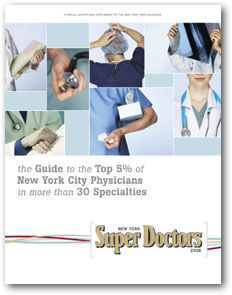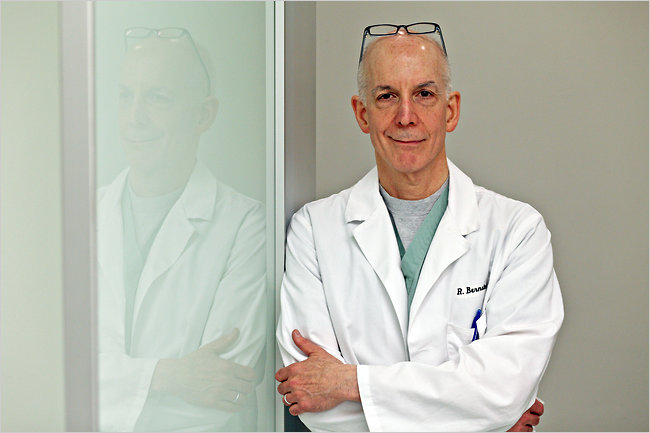“She turned me into a newt! I got better…“
~ John Cleese, Monty Python and the Holy Grail
Have you ever thought that you want to be more like a newt? You might not have thought about it in those terms, but these tiny amphibians have a physical capability that human beings have dreamed about for eons: the capability of regenerating tissue. If we could tap into this capability, the possibilities for medical treatment are limitless. We could regrow an arm, a leg, a hand, repair a heart after a heart attack, or even regrow hair. Two new avenues of scientific research, discussed in an article in the New York Times, might just help us enable human beings regenerate tissue.
The Stanford Approach
For ages, it has been well known that humans do not possess the regenerative powers of lower vertebrates, such as newts and fish, but the reason has been a mystery. The researchers at Stanford University in California, working with mouse muscle cells, have begun to understand the mechanism behind the capability for certain animals to regenerate tissue.
It seems that lower vertebrates have a genetic makeup that allows their cells to multiply when tissue regeneration is needed. Since unchecked cell multiplication can also lead to tumor (cancer) formation, they also have a tumor suppressor gene known as Rb. This gene is naturally inactivated in newts and fish when they start regenerating tissue.
Mammals possess both the Rb gene and a backup, called the Arf gene, which will close down a cancer-prone cell if Rb fails to do so. […]
The Stanford team shut off both Rb and Arf with a chemical called silencing-RNA and found that the mouse muscle cells started dividing. When injected into a mouse’s leg, the cells fused into the existing muscle fibers, just as they are meant to.
It would appear then, that mammals, including humans, have regenerative capabilities normally programmed into their DNA, but over hundreds of millions of years these capabilities have been suppressed so that the more important function -– that of cancer prevention -– could operate. To clone human tissue, one would theoretically just need to deactivate the suppressor genes, but in a way that would not put the person at an increased risk of developing cancer. Of course, these genes have not yet been identified in man, nor is it known if they even exist.
The UCSF Approach
A second, but very different, approach to tissue regeneration has been taken up by Dr. Deepak Srivastava and his team at the University of California, San Francisco. Based on work by Japanese scientist Shinya Yamanaka, Dr. Srivastava successfully converted ordinary tissue cells (fibroblasts) of the mouse heart into heart muscle cells:
[Dr. Yamanaka] showed three years ago that skin cells could be converted to embryonic stem cells simply by adding four proteins known to regulate genes. Inspired by Dr. Yamanaka’s method, Dr. Srivastava and his colleagues selected 14 such proteins and eventually found that with only three of them they could convert heart fibroblast cells into heart muscle cells.
To make clinical use of the discovery, Dr. Srivastava said he would need first to duplicate the process with human cells, and then develop three drugs that could substitute for the three proteins used in the conversion process.
The drugs could then be injected into damaged areas of the heart to repair the cardiac muscle cells following a heart attack. By using heart fibroblasts to produce cardiac muscle cells, rather than using embryonic stem cells, it is possible that risk of unwanted tumor formation, often noted with stem cell therapies, can be avoided.
It is not a stretch to assume that if scientists can undo the inability of animals to grow heart muscle or limbs, we might someday be able to genetically reverse the inability of a bald person to grow hair.
View more information on hair cloning and hair cloning methods. Also view our hair cloning news and hair cloning glossary pages.
View Nicholas Wade’s NYT article, “Two New Paths to the Dream: Regeneration.” Also take a look at the diagram that accompanies the article.
Posted by Robert M. Bernstein M.D. ![]() The Super Doctors 2013 list, which appears in New York Times Magazine, has included Dr. Bernstein for the second year in a row. The list, published by Key Professional Media as a special insert in the magazine, ranks Dr. Bernstein as one of New York City’s best dermatologists.
The Super Doctors 2013 list, which appears in New York Times Magazine, has included Dr. Bernstein for the second year in a row. The list, published by Key Professional Media as a special insert in the magazine, ranks Dr. Bernstein as one of New York City’s best dermatologists.

 Dr. Bernstein has been nominated by his colleagues as one of the
Dr. Bernstein has been nominated by his colleagues as one of the  The New York Times, once again, has recognized Dr. Bernstein’s pioneering hair restoration techniques. The NYT Fashion and Style section noted that he is, “the first hair transplant surgeon on the east coast,” to use the ARTAS robotic system for Follicular Unit Extraction.
The New York Times, once again, has recognized Dr. Bernstein’s pioneering hair restoration techniques. The NYT Fashion and Style section noted that he is, “the first hair transplant surgeon on the east coast,” to use the ARTAS robotic system for Follicular Unit Extraction. 
 Dr. Angela Christiano, a colleague of Dr. Bernstein’s at Columbia University, has been studying the causes of alopecia areata and genetic hair loss for many years. She, in fact, suffers from the disease as well.
Dr. Angela Christiano, a colleague of Dr. Bernstein’s at Columbia University, has been studying the causes of alopecia areata and genetic hair loss for many years. She, in fact, suffers from the disease as well.


